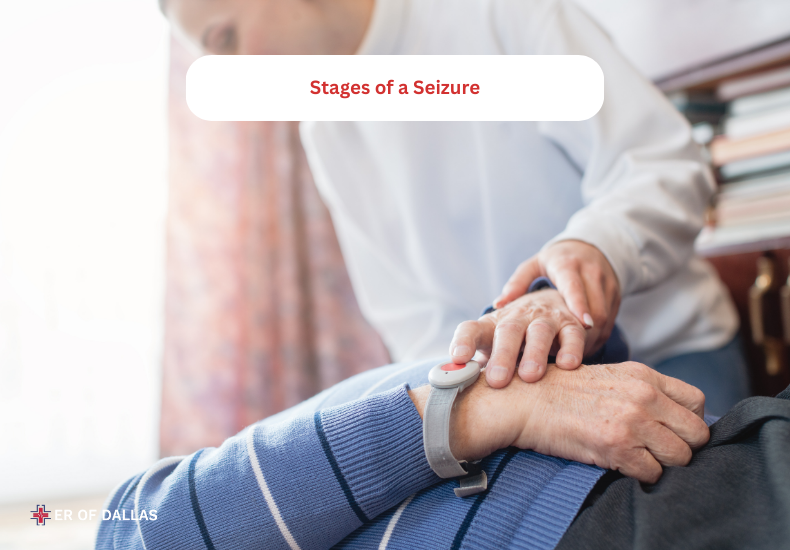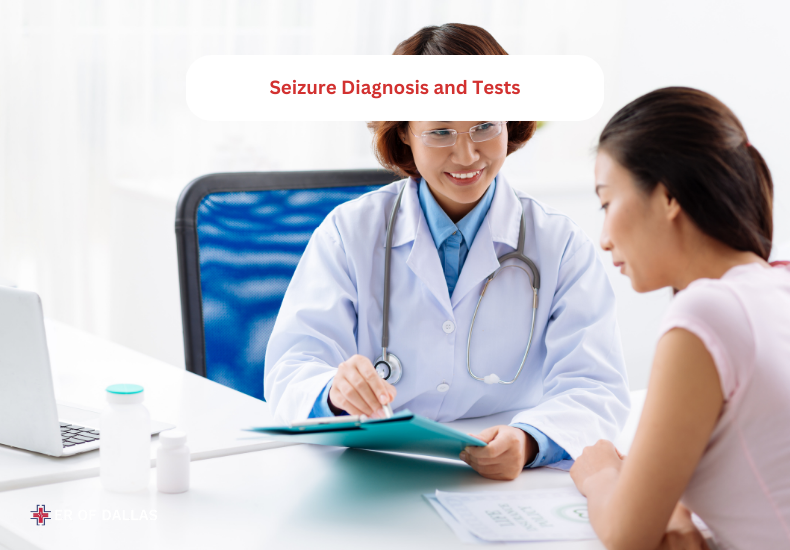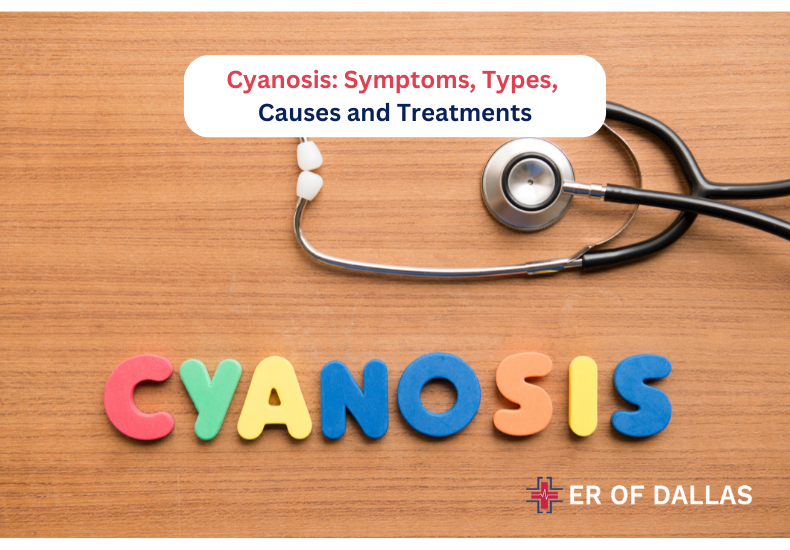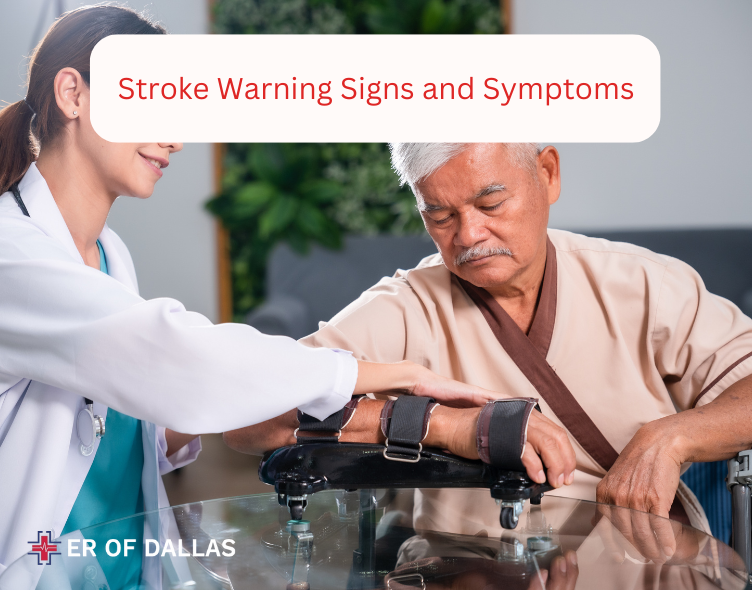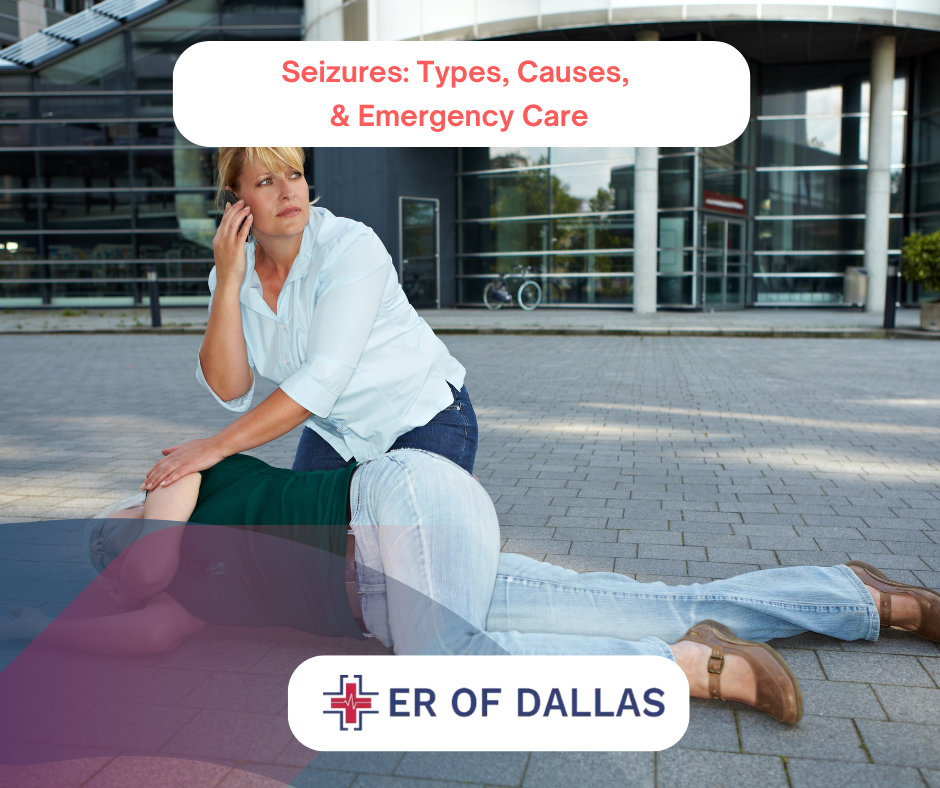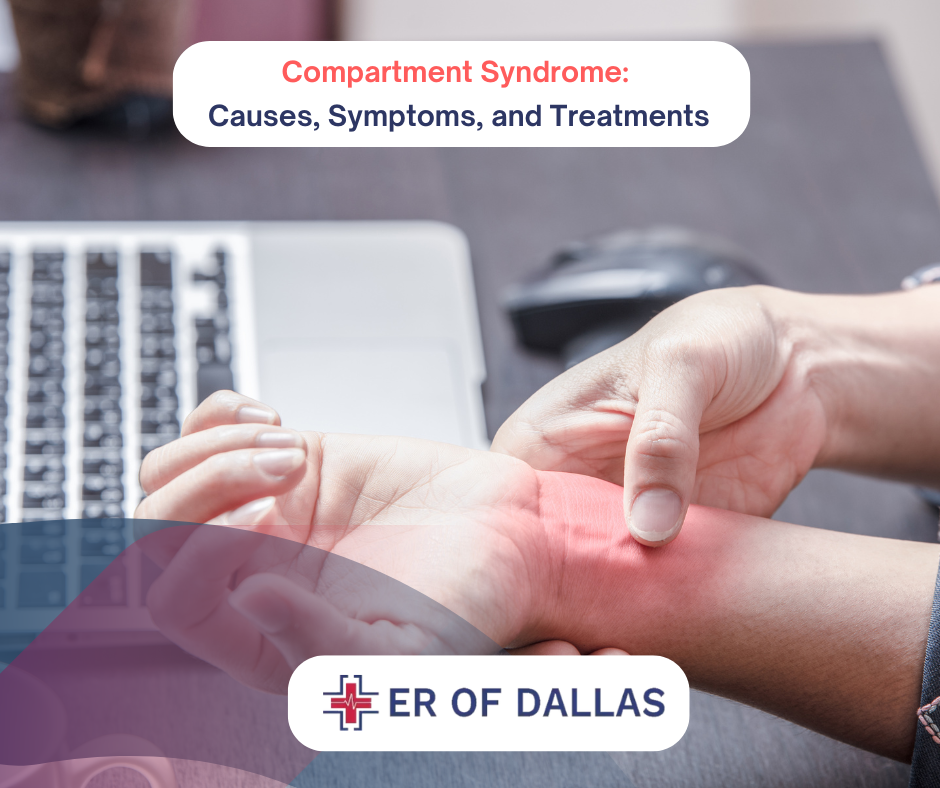Seizures may seem unpredictable, but there are subtle signs that can alert you to what’s coming. Recognizing these early warning signs of a seizure can be crucial in preventing a full-blown episode and minimizing potential harm.
This guide breaks down the often overlooked symptoms that herald an impending seizure. From sudden confusion to odd sensations, we’ll explore the key signals that demand attention. We’ll also delve into the different stages of a seizure, common triggers, and practical strategies to manage them with confidence and control.
Stages of a Seizure
Seizures typically progress through three stages, though not everyone experiences all of them. Understanding these stages is crucial for early intervention and ensuring safety.
Aura (Pre-seizure warning)
The aura, the initial phase, is a warning sign of an impending seizure. This phase can occur seconds to minutes before the main event, and manifest in various ways depending on the individual. Some common symptoms include:
- Visual Disturbances: Flashing lights or blurred vision.
- Sensory Alterations: Phantom tastes or smells
- Emotional Shifts: Sudden fear, anxiety, or déjà vu
- Cognitive Changes: Sudden dizziness or confusion
The aura serves as a signal that a seizure is coming, allowing individuals to seek a safe environment or alert others.
Ictal (During the seizure)
The ictal phase is the seizure itself and is characterized by the active symptoms of the brain’s abnormal electrical activity. Depending on the type of seizure, this stage can involve:
- Loss of consciousness or awareness
- Sudden jerking or stiffening of muscles (tonic-clonic movements)
- Rapid blinking or staring spells
- Uncontrolled movements such as twitching or lip-smacking
- Difficulty breathing or gasping sounds
During the ictal stage, the individual is often unaware of what is happening, and it may last anywhere from a few seconds to several minutes. In some cases, seizures may be subtle and involve only minor symptoms, such as staring spells, making them harder to recognize.
Postictal (After the seizure)
The postictal phase follows the seizure and is a period of recovery. The brain and body take time to return to their normal state, and symptoms during this phase may include:
- Extreme fatigue or drowsiness
- Headaches or muscle soreness
- Temporary confusion or memory loss
- Slurred speech or difficulty communicating
The duration of the postictal phase varies from person to person, but it can last anywhere from a few minutes to several hours. During this time, it’s important to let the individual rest and recover.
Seizure Causes
The underlying causes of seizures can vary greatly, and not all seizures are related to epilepsy. Seizures may occur as a one-time event triggered by external factors, or they may be part of a chronic condition.
Common causes of seizures include:
- Epilepsy: Epilepsy is a neurological disorder that leads to recurrent, unprovoked seizures. It is one of the most common causes of seizures, affecting millions of people worldwide. Epilepsy can be caused by genetic factors, developmental disorders, or brain injuries.
- Head injuries: Traumatic brain injuries (TBIs) from accidents, falls, or sports injuries can lead to seizures. The severity of the injury often determines the likelihood of seizures developing later on.
- Brain infections: Infections such as meningitis, encephalitis, or brain abscesses can inflame or damage brain tissue, leading to seizures.
- Stroke or brain tumors: Seizures can occur when areas of the brain are damaged due to a stroke or compressed by a tumor.
- Substance withdrawal or toxicity: Abruptly stopping alcohol, drugs, or certain medications can lead to seizures, especially if the body has become dependent on the substance.
Other factors, such as metabolic imbalances (e.g., low blood sugar or high sodium levels), sleep deprivation, and fevers (particularly in young children) can also provoke seizures.
Seizure Diagnosis and Tests
Diagnosing seizures requires a thorough examination to determine their cause and type. Accurate diagnosis is essential for developing an effective treatment plan, which may include medication, lifestyle changes, or surgery. Doctors often use several diagnostic tests to pinpoint the cause and classify the seizure.
Key diagnostic tools include:
- Electroencephalogram (EEG): This test measures electrical activity in the brain and is often used to detect irregularities that may indicate epilepsy. During an EEG, electrodes are placed on the scalp to record brain wave patterns, which can help determine the type of seizure and its location in the brain.
- Magnetic Resonance Imaging (MRI): MRI scans provide detailed images of the brain’s structure, allowing doctors to identify abnormalities such as tumors, scar tissue, or vascular issues that may cause seizures.
- Computed Tomography (CT) Scan: CT scans use X-rays to create cross-sectional images of the brain and are commonly used in emergency situations to check for injuries or bleeding in the brain following a seizure.
Warning Signs of a Seizure
While the ictal phase is the most noticeable part of a seizure, the early warning signs in the aura stage can be crucial for preventing injury. These signs may not be obvious to others, but recognizing them can allow the person to prepare. Not everyone experiences warning signs before a seizure, but for those who do, these symptoms can provide valuable time to seek help or move to a safe place.
Common warning signs of a seizure include:
- Sudden mood changes: People may experience rapid shifts in mood, such as anxiety, anger, or euphoria.
- Headaches: A sudden, severe headache can sometimes precede a seizure.
- Confusion or difficulty concentrating: A person may have trouble thinking clearly or may appear disoriented.
- Strange sensations: Individuals might feel tingling, numbness, or a crawling sensation on the skin, typically in one part of the body.
- Visual and auditory disturbances: Flashes of light, blurred vision, or hearing unusual sounds like buzzing or ringing may occur.
Warning Signs of a Seizure in Adults
In adults, seizures can begin with subtle signs that may go unnoticed, especially if the seizure is non-convulsive. Some adults may report feeling an intense wave of anxiety or déjà vu before a seizure. Physical warning signs include involuntary jerks or movements in one area of the body, especially in focal seizures, which affect only one part of the brain.
Warning Signs of a Seizure in Children
Recognizing seizures in children can be more challenging, particularly because they may involve staring spells or a sudden lack of responsiveness, known as absence seizures. Parents should be aware of changes in their child’s behavior, including periods of unresponsiveness, blank stares, or unusual repetitive movements.
In addition to these, children may experience unexplained fatigue, irritability, or clumsiness before a seizure. Special attention should be given to febrile seizures, which are seizures triggered by high fevers in children, as these can also be warning signs.
Get Emergency Seizure Care Now
FAQs
Can you fight off a seizure?
You can’t typically “fight off” a seizure, but staying calm and focusing on breathing may help during a seizure episode. Always seek medical help if necessary.
Can lack of sleep trigger a seizure?
Yes, lack of sleep can trigger seizures in some individuals, particularly those with epilepsy.
How do doctors confirm a seizure?
Doctors confirm a seizure through patient history, neurological exams, and tests like EEGs or brain imaging (CT or MRI).


